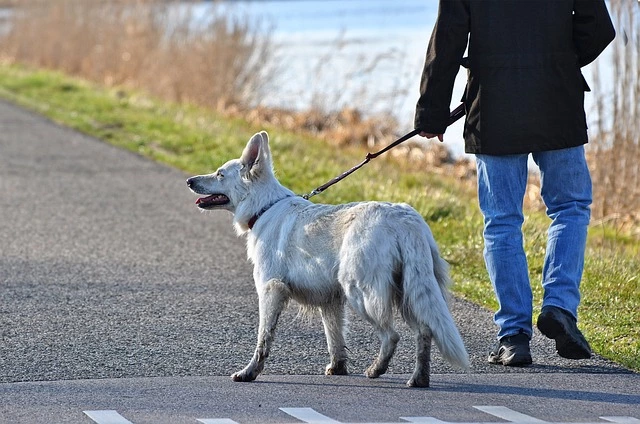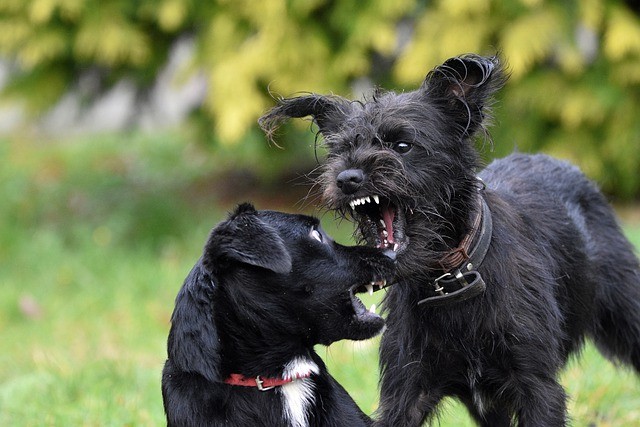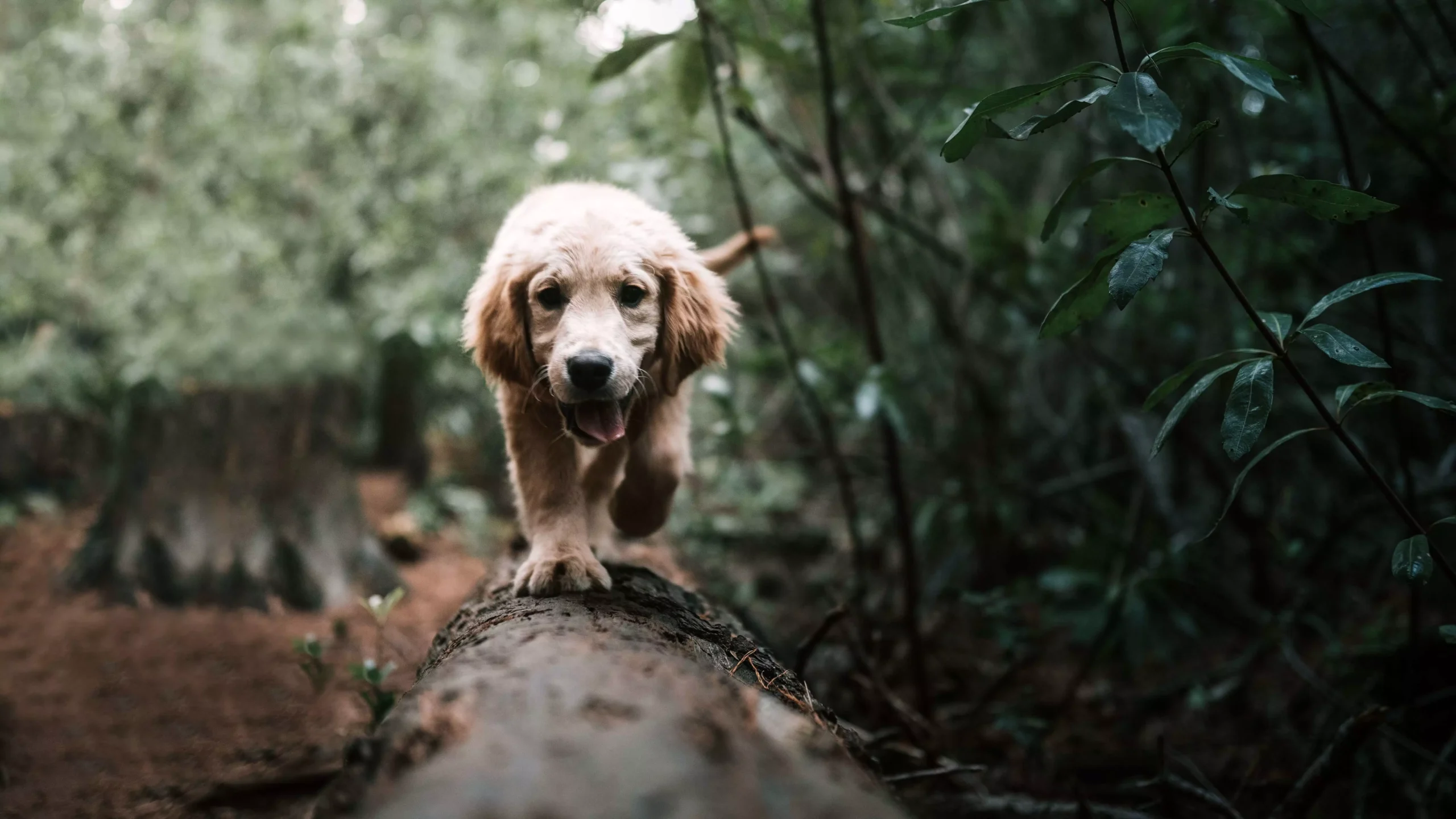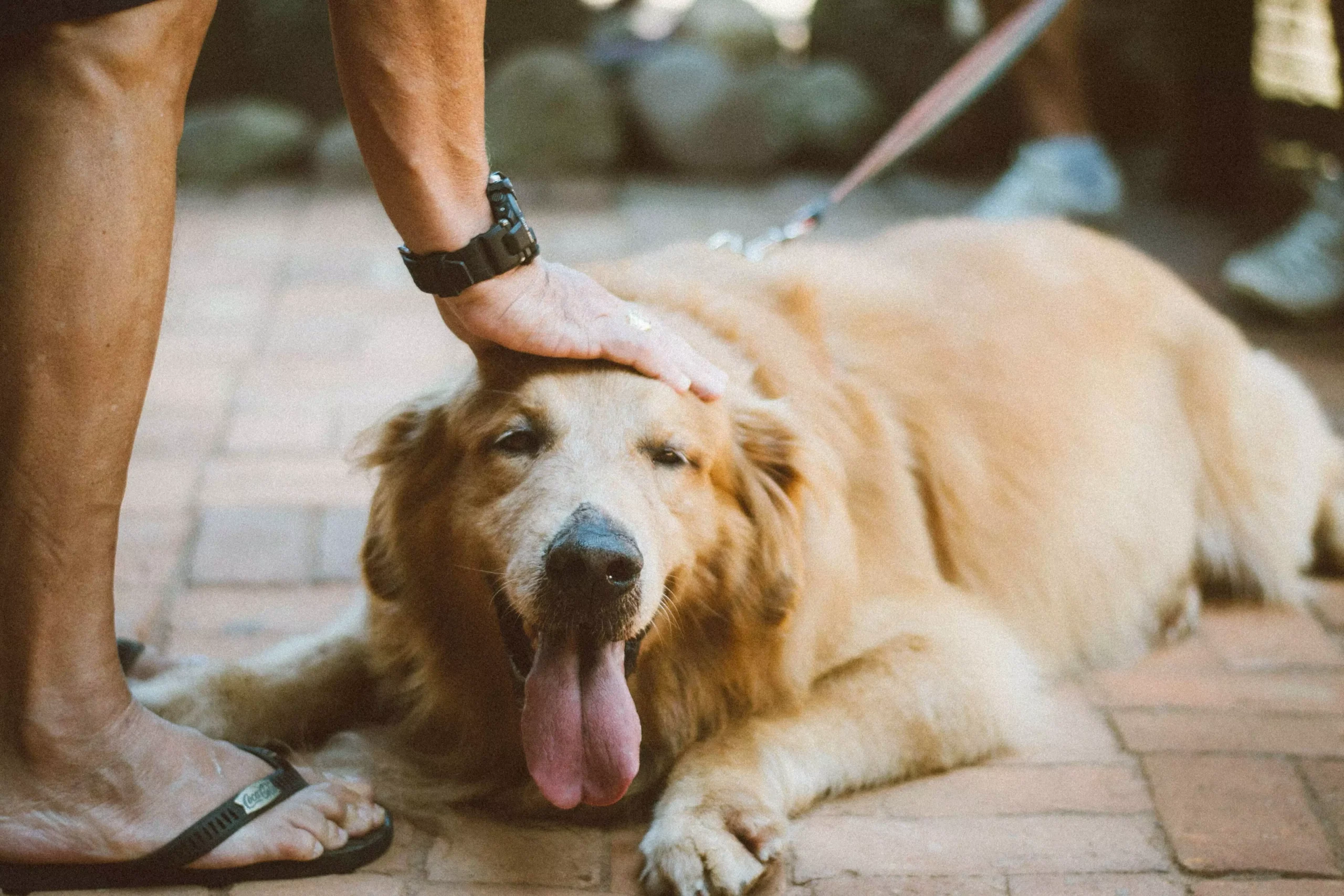Training your dog for agility can be a fun and rewarding experience. Not only does it provide mental and physical stimulation for your furry friend, but it also strengthens the bond between you and your dog. In this ultimate guide, we will explore the benefits of agility training, the essential equipment you’ll need, training techniques, and answer some common FAQs.
Agility training offers numerous benefits for dogs of all breeds and sizes. Firstly, it provides physical exercise. Agility training involves a series of obstacles that require dogs to jump, weave, crawl, and navigate various challenges. This provides an excellent workout for their muscles, joints, and cardiovascular system.
Secondly, agility training provides mental stimulation. As dogs learn to navigate agility courses, they must think quickly and make split-second decisions. This mental stimulation helps to keep their minds sharp and engaged.
Thirdly, agility training enhances bonding and communication between you and your dog. Clear communication is essential in agility training, and this process strengthens your bond and enhances your understanding of each other.
Lastly, agility training helps in building confidence. As your dog masters new obstacles and successfully completes agility courses, their confidence will soar. This newfound self-assurance can have a positive impact on their overall behavior and temperament.
To get started with agility training, you will need some basic equipment. The essentials include agility jumps, weave poles, a tunnel, an A-frame, and a pause table. These obstacles help improve your dog’s agility, coordination, balance, strength, and focus.
When it comes to training techniques, positive reinforcement is key. Clicker training is a popular method that uses a distinct clicking sound to mark desired behaviors. This helps dogs understand what they’re being rewarded for and encourages them to repeat those behaviors. Target training is another technique that involves teaching your dog to touch a specific object, such as a target stick or your hand. This technique can be used to guide your dog through agility obstacles. Breaking down each agility obstacle into smaller steps and being consistent with verbal cues and hand signals are also important training techniques.
Now, let’s address some common FAQs about agility training. It’s best to start agility training when your dog is physically mature, typically around 12-18 months old. Consult with your veterinarian to ensure your dog is ready for such activities. While any dog can participate in agility training, certain breeds may be better suited for the sport due to their athleticism and natural agility. Mixed breeds can also excel with proper training and practice. The time it takes to train a dog for agility varies depending on the dog’s breed, age, and individual abilities. Consistency and regular training sessions will help expedite the process. You can start training your dog for agility at home with basic equipment, but as your dog progresses, it can be beneficial to join a specialized agility training facility to access more advanced equipment and expert guidance.
In conclusion, training your dog for agility is a fulfilling journey with numerous benefits. By investing time, patience, and consistent training techniques, you can watch your dog navigate obstacles with grace and confidence. Remember to enjoy the process and celebrate every achievement along the way. Happy training!









